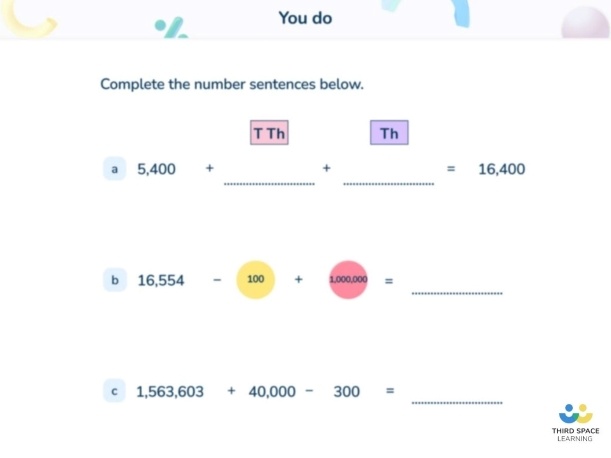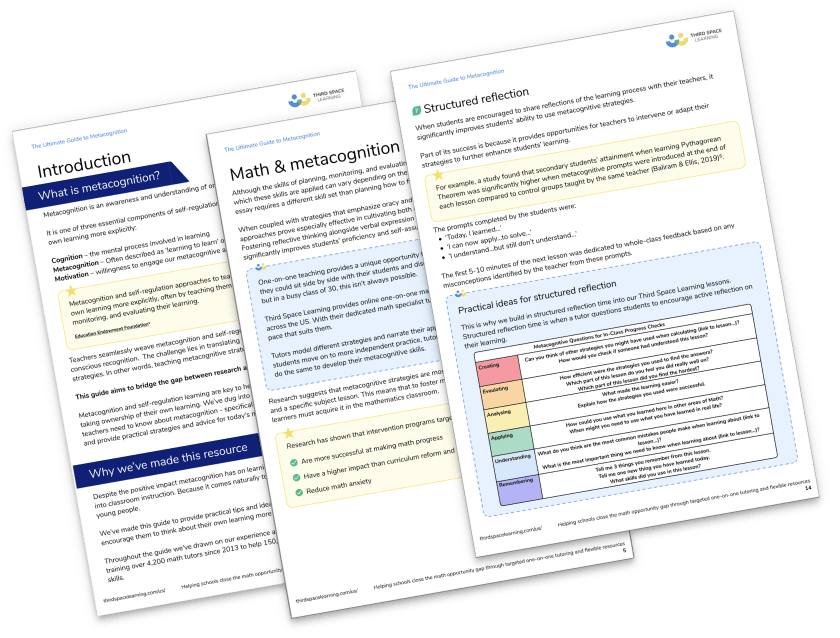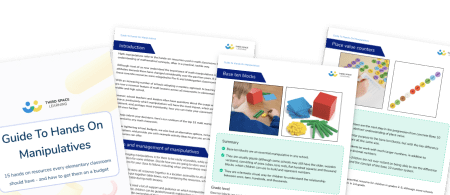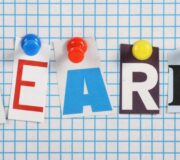How Math Manipulatives Transform Elementary Math Lessons
Math manipulatives and hands-on concrete resources have always been acceptable in pre-k, kindergarten, and 1st grade classrooms as a method of teaching mathematical concepts, but only recently have they been considered relevant in upper elementary and middle school math.
The adoption of math manipulatives or concrete resources is driven by the move towards a math mastery approach in schools.
Using manipulatives to help teach elementary math
At first, children need hands-on and visual hooks to understand new math concepts, as encouraged by the Standards for Mathematical Practice. This is true whether they are simply learning to count or exploring patterns in algebra.
It’s also why counting cubes, making ‘cookies’ out of playdough and using plastic coins to pay for these ‘cookies’ have long been key ways to teach concepts to younger students in early elementary math.
In upper elementary, we decrease the chances of children realizing the concepts for themselves if we stop using math manipulatives at this point. Essentially, we could be denying children the most powerful type of learning!
With mathematics itself being abstract, concrete math manipulatives provide the learner a ‘window’ in, to make sense of the problem at hand by touching them, playing with them, exploring the patterns and relationships which make a huge difference between understanding for depth or just for procedure.
Research has shown that teaching with physical manipulatives has a significant positive impact on learning in Maths (Carbonneau, K.J., Marley, S.C. & Selig, J.P. 2013). A summary of their main findings can be accessed here.
Certainly, the Asian-style model of mathematics teaching strongly advocates using manipulatives in the classroom, with the concrete representational abstract approach they’ve popularized.
But before you think, “Great – let’s just get out some practical resources each lesson and all students will succeed!”, there is more! You see, it’s also about how students use the equipment and learning resources and relate what they are doing practically to the problem you’ve asked them to solve!
Guide To Hands On Manipulatives
Get our free printable guide to different math manipulatives. Includes examples of how you could use them in your classroom.
Download Free Now!
Hands-on resources are a tool
It is fundamental that children understand that what they have in their hands is a tool to help them make sense of the underpinning ideas of math, and not as an implement to depend on to work out the math each time.
If the latter happens, then children become dependent on the equipment and the manipulative then becomes a ‘crutch’ to rely on.
How not to teach math with manipulatives
My own experiences draws me back to a lesson I observed where the teacher, with the utmost of good intentions, set about teaching her class 2nd grade math problems all about subtraction with decomposition, with the use of base ten blocks.
Fantastic you may think! So did I. Until I realized that she had gone about it in a fashion where she was demonstrating and modeling how to decompose the numbers by just telling them what to do as opposed to letting the class find out for themselves.
It then became apparent that many children in the class were simply mimicking the procedure of decomposition they had seen their teacher do, without any real understanding of what was going on.
They followed the ‘steps’ and although came to the correct solution with the blocks, could not then relate this back to the algorithm that was subsequently taught later on. Just because practical equipment is being used, if not used correctly, it will actually have a detrimental effect.

Meet Skye, the voice-based AI tutor making math success possible for every student.
Built by teachers and math experts, Skye uses the same pedagogy, curriculum and lesson structure as our traditional tutoring.
But, with more flexibility and a low cost, schools can scale online math tutoring to support every student who needs it.
Find out more
Mastery involves variation
As you know, the key to mastery is the ability to use and apply while making sense of mathematics across topics, one step towards achieving this is through variation – variation of the math problem and math activity posed, but also variation of the manipulatives used.
By this I mean there is not just one practical resource used for a particular type of question. For instance, when teaching number and place value, you could use bead strings, base ten blocks, place value counters…the list goes on!

Let the students choose the resources for greater depth
If we are encouraging children to become independent learners, they should then also have the choice of which manipulative they think would best suit the task and then be able to reflect on and explain what they did.
To encourage greater depth and conceptual understanding, could the student use different manipulatives to prove the same answer?
The Best Math Equipment List For Elementary
Here are some ideas of math manipulatives for your classroom:
- Base ten blocks
- Geoboards
- Fraction Tiles
- Fraction Circles
- Playing cards
- Dominoes
- Rekenreks
- Two-color counters
- Ten frame
- Snap cubes
Many of these math tools can be expensive to purchase for your classroom, but don’t worry. There are plenty of ‘do it yourself’ options and virtual manipulatives, such as these from Didax, which can be displayed on a whiteboard, to support your classroom teaching.
Looking for more math mastery resources?
- Math Mastery Toolkit for 1st Grade to 5th Grade
- What is a bar model?
- 8 Common Core math examples
- Developing reasoning through sentence stems
- 1st Grade Math Problems
- Math Problems For 3rd Graders
- 4th Grade Math Problems
- What are shapes?
Do you have students who need extra support in math?
Skye—our AI math tutor built by experienced teachers—provides students with personalized one-on-one, spoken instruction that helps them master concepts, close skill gaps, and gain confidence.
Since 2013, we’ve delivered over 2 million hours of math lessons to more than 170,000 students, guiding them toward higher math achievement.
Discover how our AI math tutoring can boost student success, or see how our math programs can support your school’s goals:
– 3rd grade tutoring
– 4th grade tutoring
– 5th grade tutoring
– 6th grade tutoring
– 7th grade tutoring
– 8th grade tutoring
The content in this article was originally written by math specialist & consultant Wendy Liu and has since been revised and adapted for US schools by elementary math teacher Katie Keeton.







